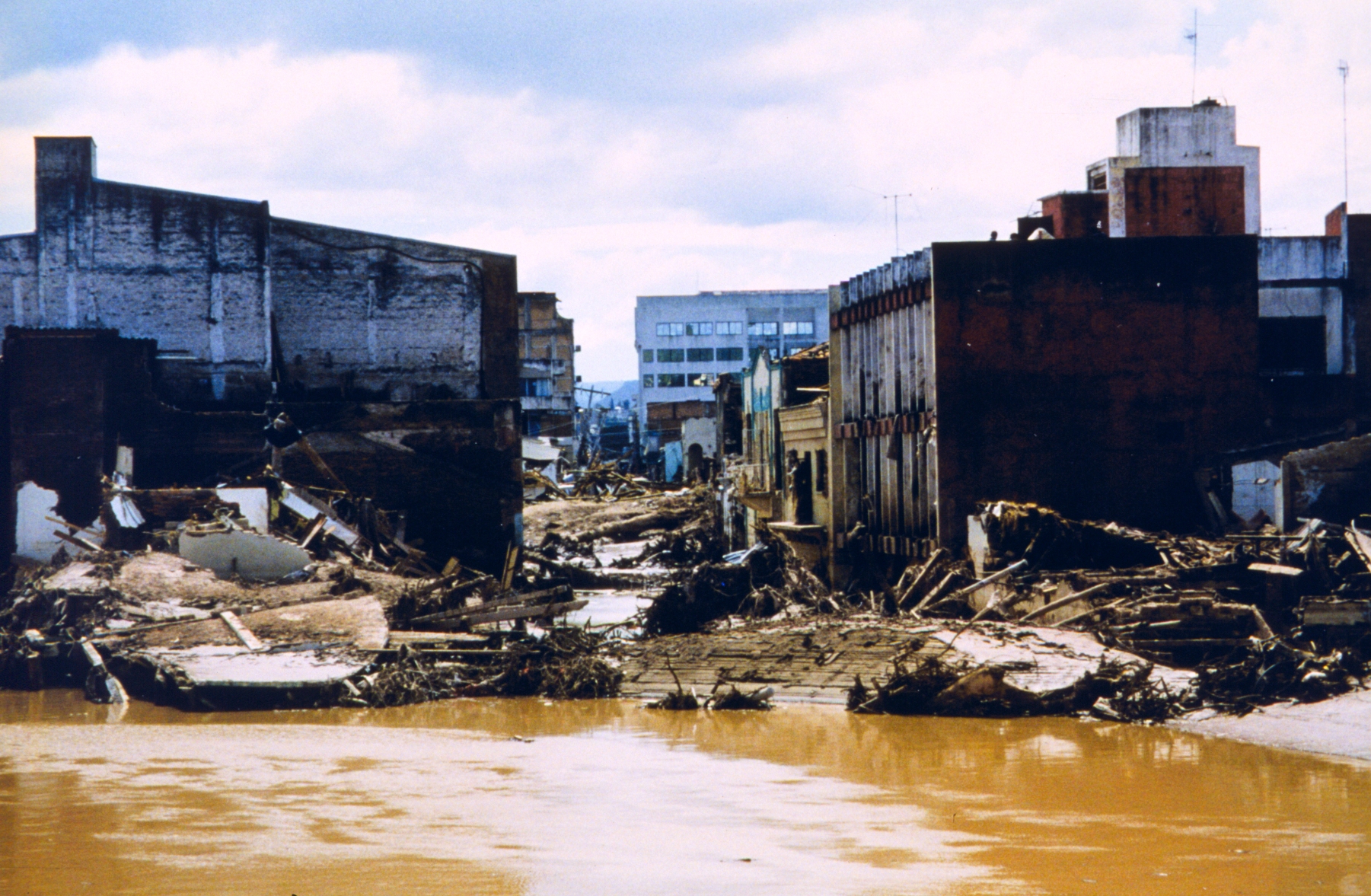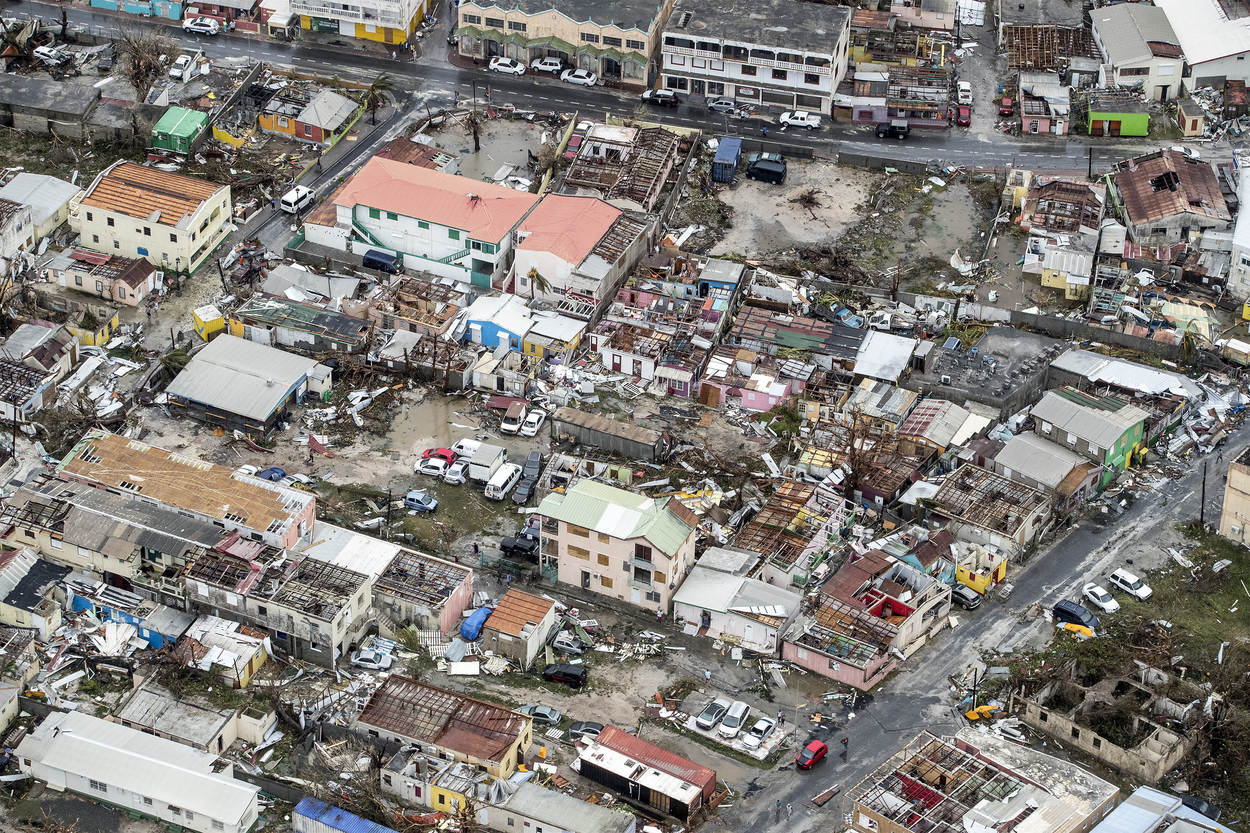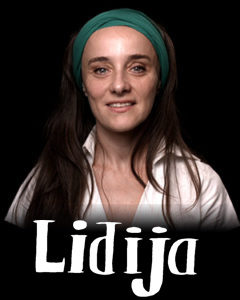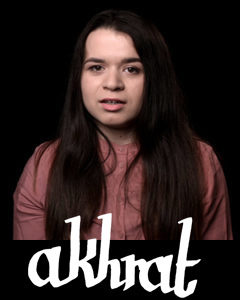Disasters & Conflicts: Honduras & Nicaragua. Hurricane Mitch, 1998
In late 1998, Hurricane Mitch leaves a trail of destruction through Nicaragua, Honduras, El Salvador and Guatemala.

Honduras & Nicaragua. Hurricane Mitch, 1998
Country: Nicaragua and Honduras (worst hit)
Period: 1998
Type of disaster: Hurricane
Disaster: Hurricane Mitch hits the coast of Honduras with full force and then gradually turns towards Nicaragua, El Salvador, Guatemala, Mexico and Florida (US)
Estimated number of victims in the region: About 20,000. More than 2 million people are affected by the hurricane. The damage runs into millions of dollars
In late 1998, Hurricane Mitch leaves a trail of destruction through Nicaragua, Honduras, El Salvador and Guatemala. The hurricane hits the coast of Honduras with a speed of 290 km an hour. Mitch then turns very slowly over the other countries, seeming to ‘hang’ in the air, causing prolonged and extremely heavy rainfall. That makes the hurricane so deadly and damaging. As much as 900 millimetres fall in some places within a short time. (By way of comparison, an average of 800 mm fall in the Netherlands each year!) The water causes massive flooding, landslides and mudflows, wiping out whole villages. More than 70 percent of agricultural land and infrastructure in Honduras is destroyed! Just 20 percent remains of the banana harvest, the most important export product from Honduras.
Mitch first hits the Bay Islands off the coast of Honduras, damaging the island of Guanaja worst of all. All homes on the island are destroyed, rendering the entire population of 6,000 homeless. But miraculously, as few as 8 people are killed.
The Nicaraguans living at the foot of the Casita volcano are not so lucky. The hurricane causes a huge mudflow down the volcano. Some 200,000 cubic metres of rock, earth and uprooted trees slide down its southern flank within five minutes. The mudflow at the foot of the volcano is a kilometre wide and 3 to 10 metres deep. Villages are buried. The 2,000 inhabitants do not survive the event.
















